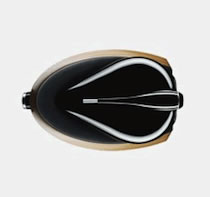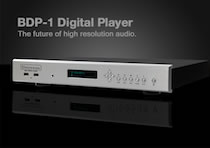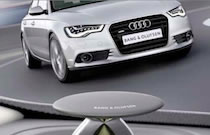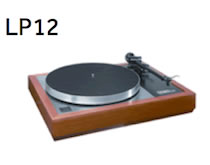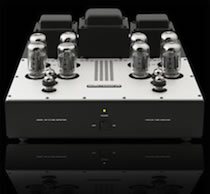|
Setting up a Computer Music System Thinking about jumping into digital music stream to enhance or replace your current music system? The good news is that it's not that difficult and you don't have to give up what you currently treasure. The example used will be focused on Apple's Mac computer system but Windows is also a viable alternative.
Controller: Apple's Remote is a free application available at the iTunes store. It can be used on an iPhone, iPod touch and iPad and it connects to the Mac or Windows computer wirelessly via WiFi. This is a very slick, elegant way to operate your computer music system. Computer: A Mac Mini is ideal for this application. For best results, this should be a dedicated system with at least 4GB of RAM (8GB preferred) and enough hard disk space to hold your music library. High Definition audio files can be quite large so at least 500GB is required for a typical library. Playing the sound files: The files must be imported into iTunes before you can play them. FLAC files are not supported natively. The best file format for this system is aif files which are uncompressed audio files. Wav files are also supported but iTunes works better with aif files than wav. One of the drawbacks of this system is that when the library has of files of different sampling rates e.g. 96kHz, 48kHz and 44.1kHz, the Mac's audio output does not switch to the file's sampling rate. The Mac OS tries to resample on the fly to the current rate set in the Audio MIDI Setup, which results in audibly inferior sound. The solution is to use Amarra, which makes use of iTunes library but bypasses Apple's core audio and uses it's own audio processing. This results in transparent playback of files with different sampling rates. See Amarra review here. DAC: The USB from the Mac mini is connected to a Digital to Analog Converter (DAC), which outputs the analog signal to your amplifier. It is not necessary to go overboard when selecting a DAC but it's useful to keep the following in mind. Low jitter rate is good since high jitter can affect the timing of the music, which may be audible. See review on DACs at Arcam rDac and Ayre QB-9. Amplifier/Speaker: The amplifier and speaker combination can be exactly the same as in a completely analog system.
|
|


